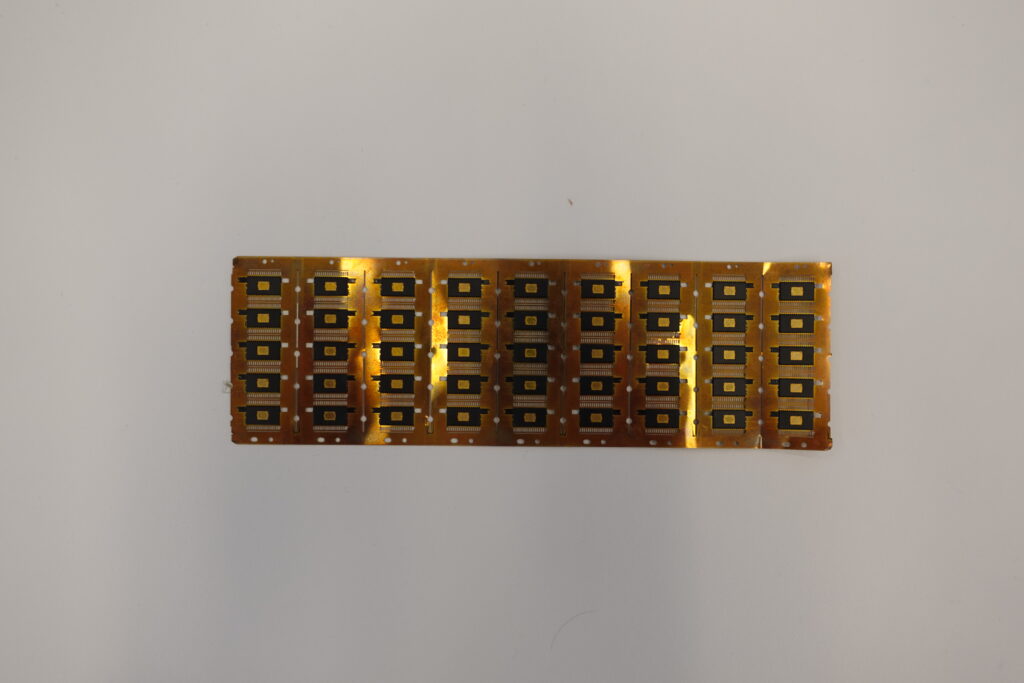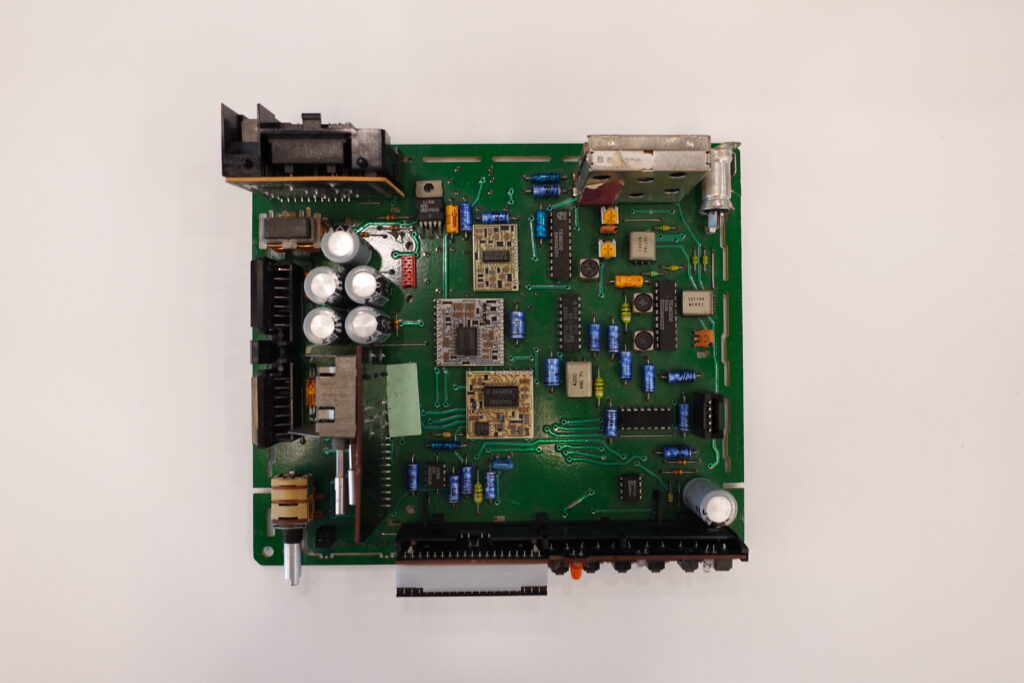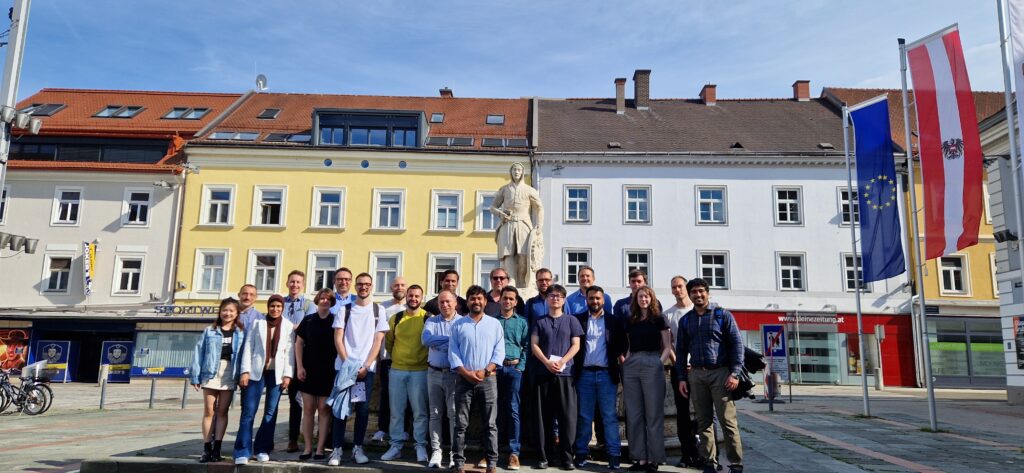TWO SECONDS! Within a mere two seconds, a modern hyper-car can reach speeds beyond the realm of any mammal to have ever existed. These mechanical beasts, often seen tearing down the glorious German Autobahn, exemplify the pinnacle of automotive engineering. Equipped with engines that outperform many conventional machines and bearing price tags akin to luxury real estate, these cars share a surprising commonality with everyday hatchbacks or family SUVs – i.e., being equipped with tens of thousands of microelectronic components. Each component is uniquely built to serve a common purpose – to enhance the overall driving experience in every scenario imaginable. However, should even a single microelectronic component degrade before its rated life, the entire car may come to a halt. This a problem not exclusive to cars, but every electronic gadget or machine that functionally relies on microelectronic devices; be it the devil’s calculator in every pocket to the 200-tonne aluminium shells cruising at 6-mile altitudes.


Every component shall degrade, for none escapes the relentless march of time!
It then becomes imperative to precisely assess the lifespan of each critical microelectronic component installed and validate its survivability in operating conditions and beyond. Traditionally, this has been done by employing reliability standards and measures proposed by organisations like JEDEC and ASTM. However, it has been identified that these reliability assessments take up more than two-thirds of product development time. Some reliability tests take months or even years to complete, and a single mistake in the setup may call for a restart from the beginning. This means that the success rate of a product reaching the market is not solely dependent on technological development but rather on the reliability testing and validation process. One could rightfully assume that machines capable of making man a galaxy-conquering force can be developed within a year, however, their testing and validation may take decades, if not centuries.
Can MIRELAI accelerate the testing and validation process?
Launched in October 2022, MIRELAI – MIcroelectronics RELiability driven by Artificial Intelligence – is a doctoral network aiming to revolutionise the fusty field of microelectronics reliability, by integrating advanced physics-based models with the power of artificial intelligence. As part of the MIRELAI network (See Figure 3), thirteen doctoral candidates (DCs) are dedicated to advancing the microelectronics reliability industry. Guided by a consortium of industrial and academic leaders from seven European countries, our research aims to accelerate Europe’s innovation capacity and enhance competitiveness in the global Electronic Components and Systems (ECS) market. Our scientific approach rests on three pillars: Physics of Degradation, Multi-Scale Modelling, and AI-based Reliability. Every DC’s individual work aligns with one or more of these pillars but has one collective goal: to collaboratively contribute to the development of AI-based reliability assessment tools capable of advanced reliability and enhanced predictability of ECS. While the challenges posed are formidable, but our resolve to overcome them is unwavering. Soon, the impactful work of our DC network will shine across all the leading journals and conferences of the electronics industry. The advancements made will ripple through the industry, driving innovation, enhancing product reliability, and ultimately progressing technological evolution. To witness this transformative journey and stay updated on our research, we invite our readers to subscribe to this newly established newsletter for MIRELAI. Every six months, we will bring updates from a few of our DCs, while also discussing certain concepts of the microelectronics industry, in an easy-to-digest format.

